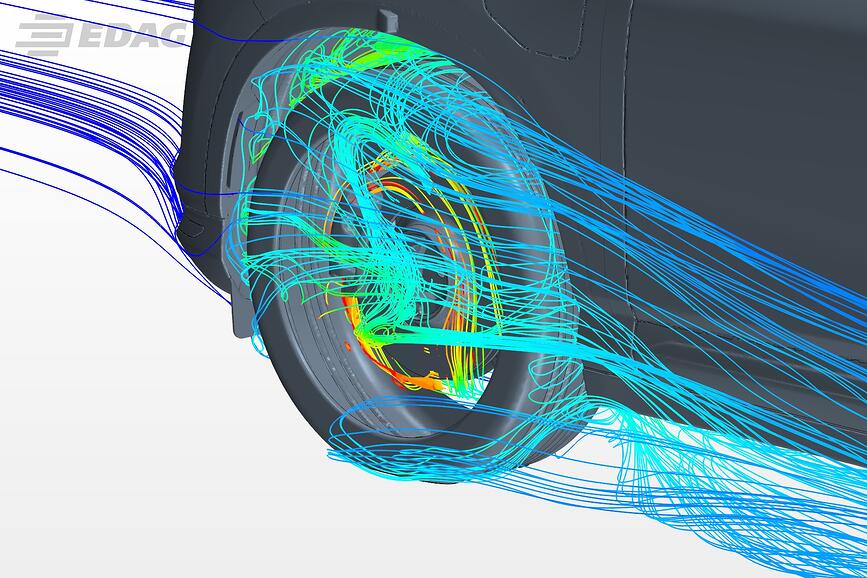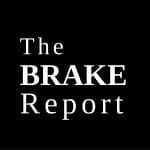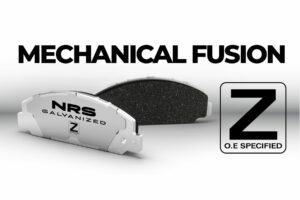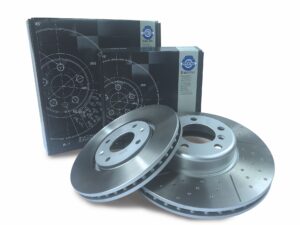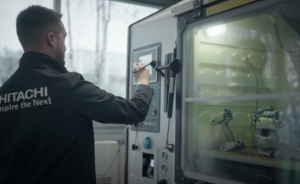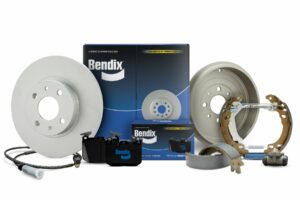Sign up for our weekly email to stay on top of the latest news and insights!
Source: EDAG post
WEISBADEN, Germany — The electrification of the powertrain also has an effect on the brake system – many previously valid concepts and experiences are losing their validity. In order to meet the resulting requirements, not only innovative solutions, but also new methods and tools need to be developed, for simulation and testing processes for instance. EDAG has now brought together the numerous skills that come into play here in its Center of Competence Brake (“CoC Brake”).
As things stand today, the future of vehicle construction lies in the electrification of the powertrain, be it of the battery-electric or fuel cell type. However, not only acceleration, but also the question of braking needs to be completely rethought. Instead of simply converting the vehicle’s kinetic energy into heat by means of friction, the focus is now on retrieving energy when braking. Although the mechanical brake will still be needed, it will be used less frequently when the generator operation of the powertrain is generally used to reduce speed, in order to charge the battery.
This changed “usage profile” must also be reflected in the development of new brake systems, as must the electrification and digitalization of brake controls. Driver assistance systems – from parking aids and emergency brake system to autonomous driving – need access to the brake system, which today is already provided to some degree by the brake control system. In the future, possibilities for intervention can be further increased if, instead of the direct mechanical coupling of brake pedal and brake as we know it, the digital method of “brake by wire” is realized – i.e. if the hydraulic signal transmission is replaced by a data line and the brake pedal is only the actuator in a digitally controlled brake system.
Sign up for our weekly email to stay on top of the latest news and insights!
Regulatory changes relating to particulate emissions from brakes also present our developers with new challenges. Just recently, in September 2021, the WHO drastically lowered its recommendations: long-term exposure to PM2.5 should no longer exceed 5 µg/m3 of air (previously: 10 µg/m3), and for PM10, the WHO now recommends 15 µg/m3 instead of 20 µg/m3 [Source: https://www.aerzteblatt.de/nachrichten/127468/WHO-empfiehlt-drastische-Senkung-von-Stickstoffdioxid-und-Feinstaub-in-der-Luft]. At the same time, it criticized the lax EU limit values (25 and 40 µg/m3).
To view the entire post with images, charts and further descriptions, click HERE.

